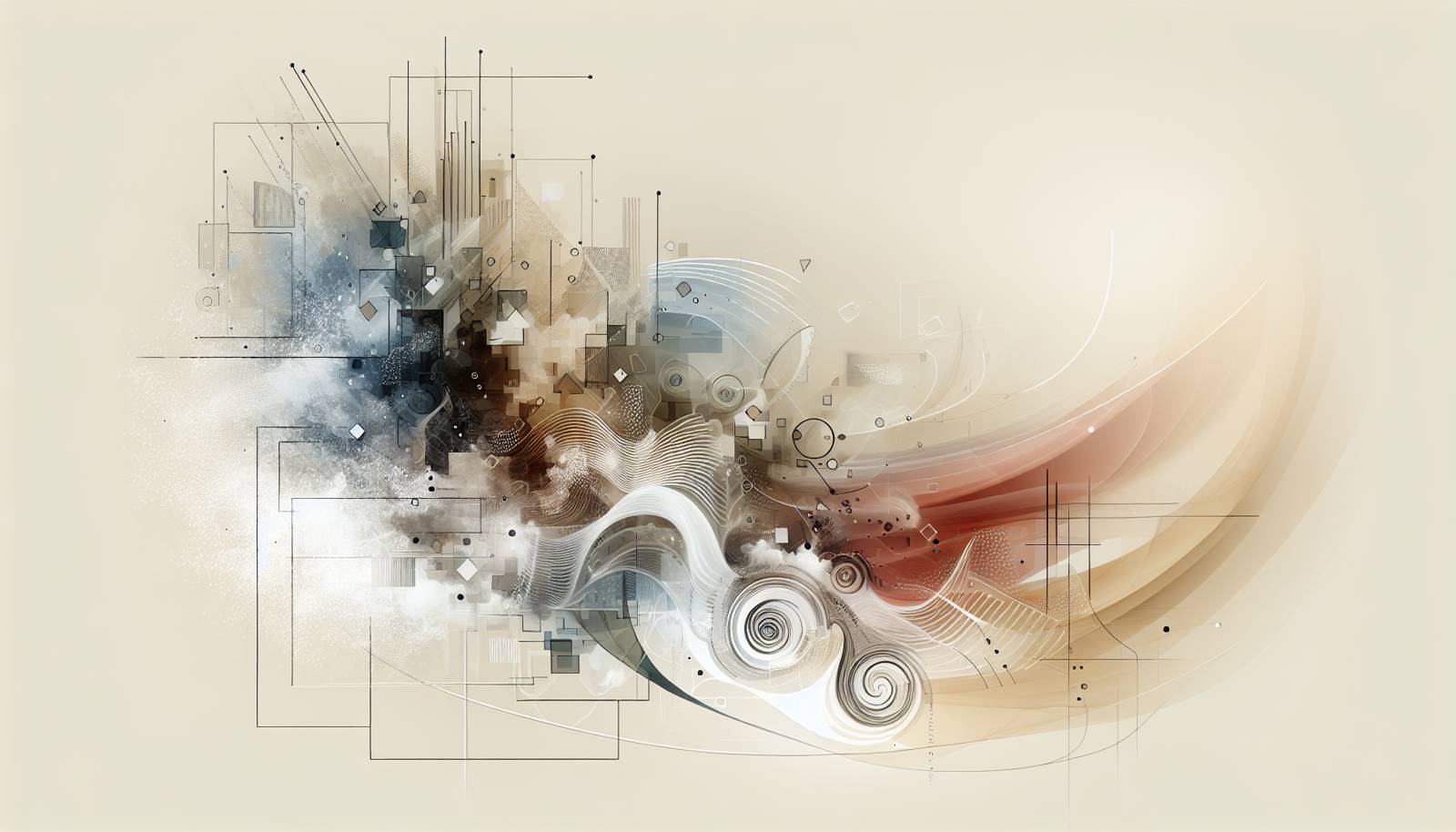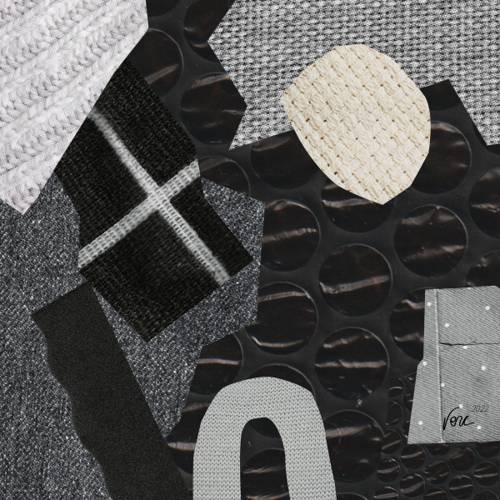
FAQ About The Influence of Techno-Optimism on Contemporary Art Movements

What is techno-optimism?
Techno-optimism is the belief in the power of technological advances to solve complex human and environmental problems, improve quality of life, and create a better future. This viewpoint emphasizes the positive impacts of technology and innovation on society.

How does techno-optimism influence contemporary art movements?
Techno-optimism influences contemporary art movements by inspiring artists to explore the possibilities of future technologies, incorporate digital tools into their creative processes, and address themes related to potential advancements in science and technology. It encourages embracing new media and techniques, ultimately leading to innovative artistic expressions.

What are some examples of art that reflect techno-optimistic viewpoints?
Examples of art reflecting techno-optimism include digital installations using virtual reality, artworks created using artificial intelligence, and interactive pieces that incorporate futuristic themes, such as space exploration or artificial life. Artists like Refik Anadol and Studio Drift exemplify this trend with their technologically integrated works.

Why is techno-optimism significant in contemporary art?
Techno-optimism is significant in contemporary art because it opens up new avenues for creative expression and addresses current and future societal challenges. It encourages artists to think critically about the impact of technology on society and engage audiences with thought-provoking concepts and visual experiences.

What contemporary art movements are most associated with techno-optimism?
Contemporary art movements most associated with techno-optimism include Digital Art, New Media Art, and Bio-Art. These movements experiment with technology and often emphasize the potential of tech innovations to enhance human creativity and cultural interactions.

How do artists use technology as a medium?
Artists use technology as a medium by integrating digital tools, software, and electronics into their creative processes. This can involve using 3D printing to make sculptures, employing virtual or augmented reality in installations, or programming algorithms to generate art. Technology becomes not just a means but a core component of their artistic language.

What role do digital tools play in techno-optimistic art?
Digital tools play a critical role in techno-optimistic art by enabling artists to innovate and expand the boundaries of traditional artistic mediums. They allow for precision, complexity, and interactivity in artworks, helping artists create immersive experiences and engage with audiences in novel ways.

How has the rise of artificial intelligence affected contemporary art?
The rise of artificial intelligence has profoundly affected contemporary art by providing artists with new methods for generating and analyzing artworks. Artists are using AI algorithms to create unique compositions, analyze patterns, and even collaborate creatively, leading to hybrid forms of art that combine human and machine intelligence.

What are the potential controversies surrounding techno-optimistic art?
Potential controversies surrounding techno-optimistic art include concerns about over-reliance on technology, the loss of traditional craftsmanship, and ethical issues related to privacy and data usage in digital creations. Critics may argue that techno-optimism overlooks the negative impacts of technology, such as digital surveillance and environmental degradation.

How do contemporary artists address futuristic themes influenced by techno-optimism?
Contemporary artists address futuristic themes influenced by techno-optimism by imagining scenarios depicting technological utopias, exploring the convergence of nature and technology, and presenting visions of future societies shaped by innovation. They often use speculative storytelling and visual narratives to connect with audiences on themes of technological potential.

Is techno-optimism universally accepted among artists?
Techno-optimism is not universally accepted among artists. While some embrace it as an exciting opportunity for innovation and addressing global challenges, others are skeptical of its implications, highlighting risks such as technological dependency, socioeconomic disparities, and environmental concerns.

Can techno-optimistic art influence public perception about technology?
Yes, techno-optimistic art can influence public perception about technology by sparking dialogue and encouraging audiences to envision positive futures enabled by technological advancements. Through engaging and thought-provoking works, artists can inspire viewers to consider the potential benefits and ethical considerations of emerging technologies.

What are some notable exhibitions or projects centered around techno-optimism?
Notable exhibitions or projects centered around techno-optimism include "Future World" at the ArtScience Museum in Singapore, which showcases installations focused on the future of technology, and "Digital Revolution" at the Barbican in London, featuring interactive artworks exploring the digital transformation of the arts.

How do collaborative art projects embody techno-optimism?
Collaborative art projects embody techno-optimism by bringing together diverse expertise across technology, science, and art to create interdisciplinary works. These projects often result in innovative, boundary-pushing art that emphasizes teamwork and the transformative potential of combining technology with creative processes.

What educational opportunities exist for artists interested in techno-optimistic themes?
Educational opportunities for artists interested in techno-optimistic themes include digital art and new media programs at universities, workshops on virtual or augmented reality, and residencies that focus on interdisciplinary approaches in art and technology. Institutions like the School of the Art Institute of Chicago and MIT Media Lab offer such programs.

How does techno-optimism relate to sustainability in art?
Techno-optimism relates to sustainability in art by promoting the use of innovative tools and materials that can reduce environmental impact, such as digital practices that minimize waste. Moreover, it encourages artists to explore themes related to sustainable futures and the role of technology in addressing ecological challenges.

Are there organizations that support techno-optimistic art initiatives?
Yes, there are organizations that support techno-optimistic art initiatives, such as The New Museum's NEW INC in New York, which fosters an incubator space for art, design, and technology collaboration, and Ars Electronica, which promotes projects at the intersection of art, technology, and society.

How does techno-optimism influence art curation and exhibitions?
Techno-optimism influences art curation and exhibitions by encouraging curators to seek out works that explore the potential of technology creatively and conceptually. This can result in thematic exhibitions that highlight innovations in digital media, interactive installations, and futuristic artistic expressions.

What trends in technology are currently shaping techno-optimistic art?
Current trends in technology shaping techno-optimistic art include advancements in artificial intelligence, virtual reality, biotechnology, and blockchain. These innovations provide new tools and concepts for artists to explore, leading to diverse and future-oriented art forms.
